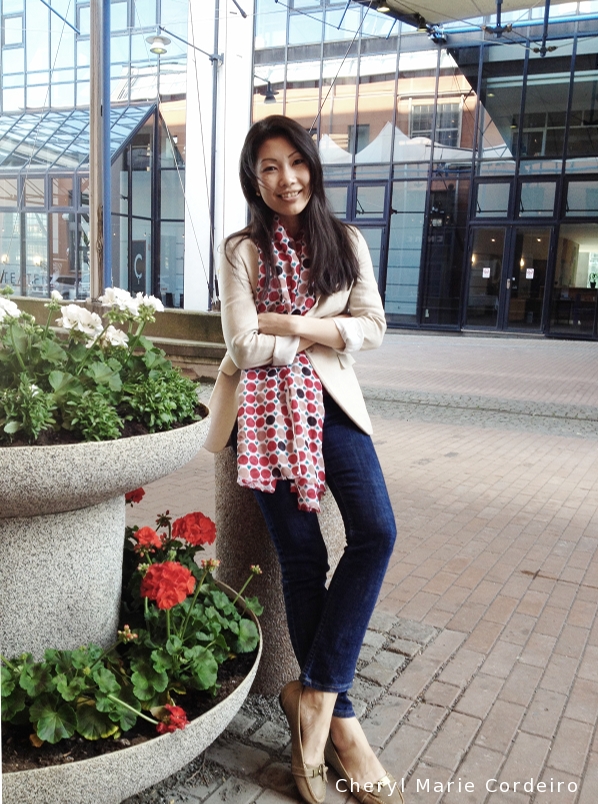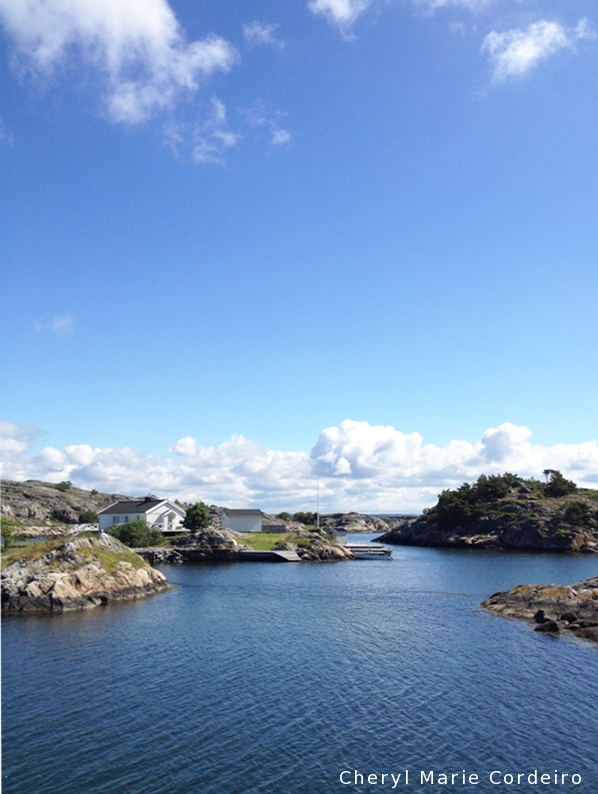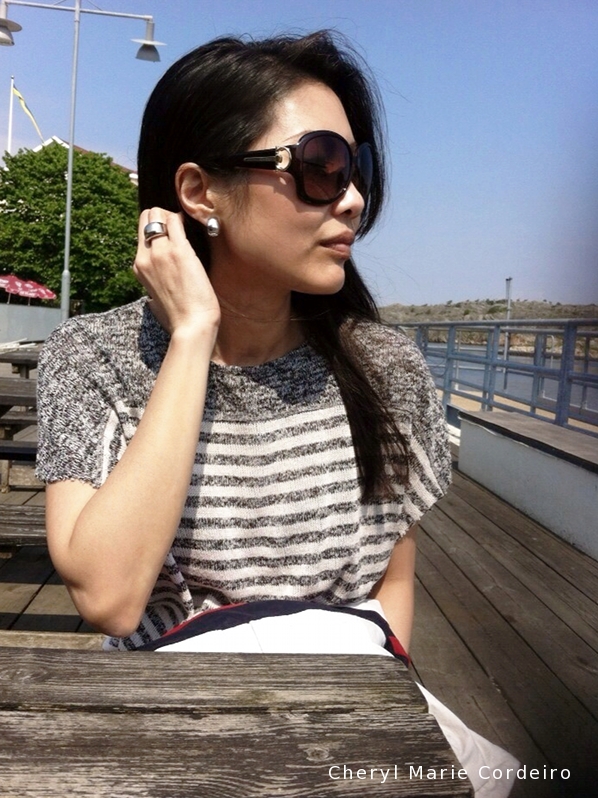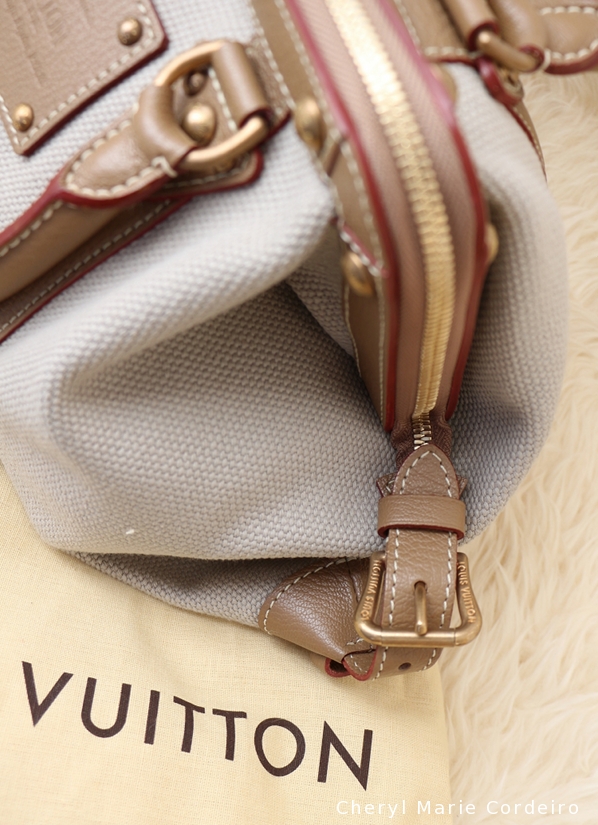Eriksbergshallen, at Quality Hotel 11.
Text & Photo © JE Nilsson, CM Cordeiro 2014
Summer is here and I don’t think any form of soft or coercive persuasion would keep Swedes on office grounds unless absolutely necessary. My years working in executive education also taught me that holding organisational seminars outside of office grounds could prove more productive for project work. The change of environment provides a welcome break in everyday routine that encourages the workings of the creative. It was for this reason that I found myself standing in the lobby of Quality Hotel 11 at Eriksbergshallen this morning, looking to congregate with the rest of my colleagues whose main focus is research in the European context. Continue reading “Eriksbergshallen in ultramarine”







